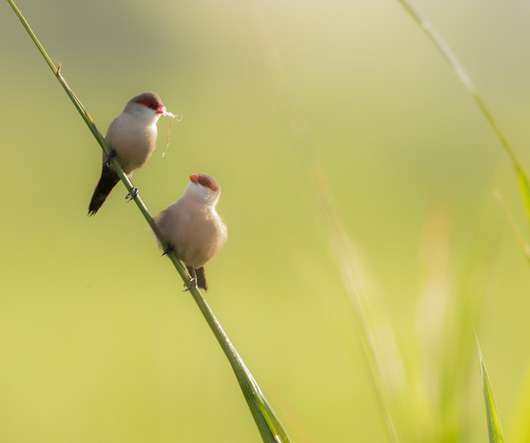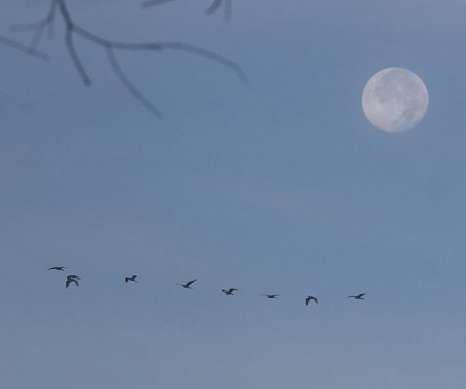Symposium explores psychological impacts of euthanasia, depopulation
AVMA News
APRIL 4, 2023
Speakers at the AVMA Humane Endings Symposium, held January 26-29 in Chicago, shared their personal experiences with depopulation of cattle and sheep for disease control and euthanasia of pigs after a fire.















Let's personalize your content